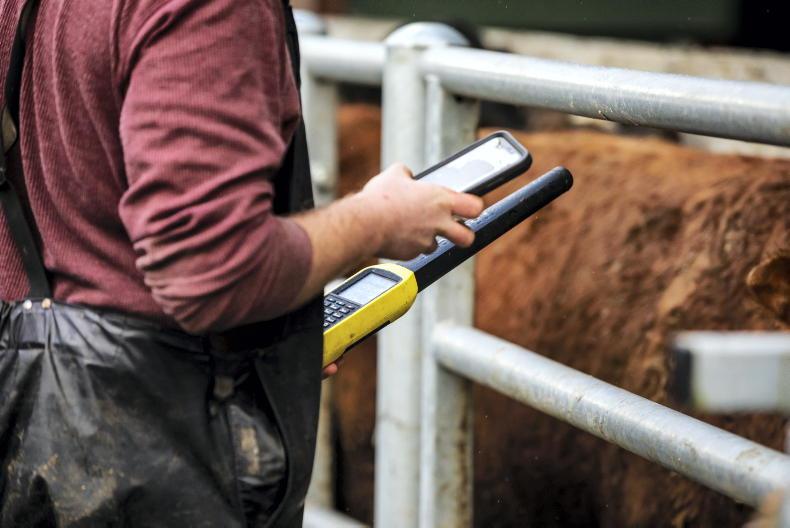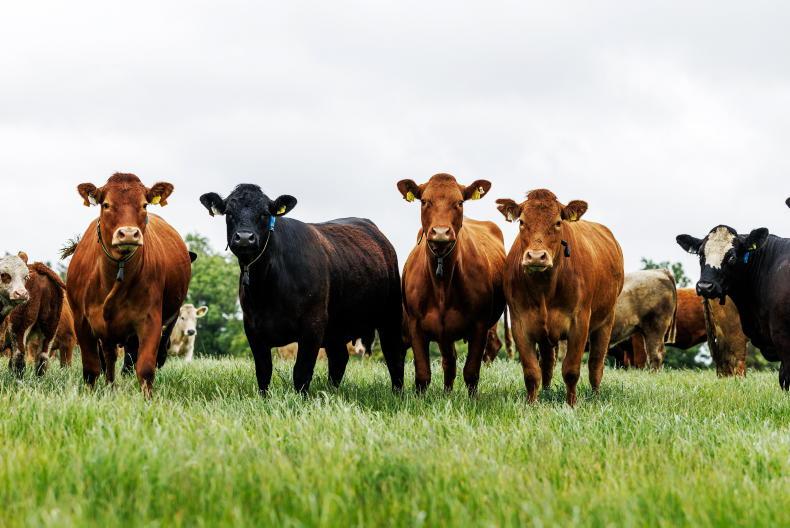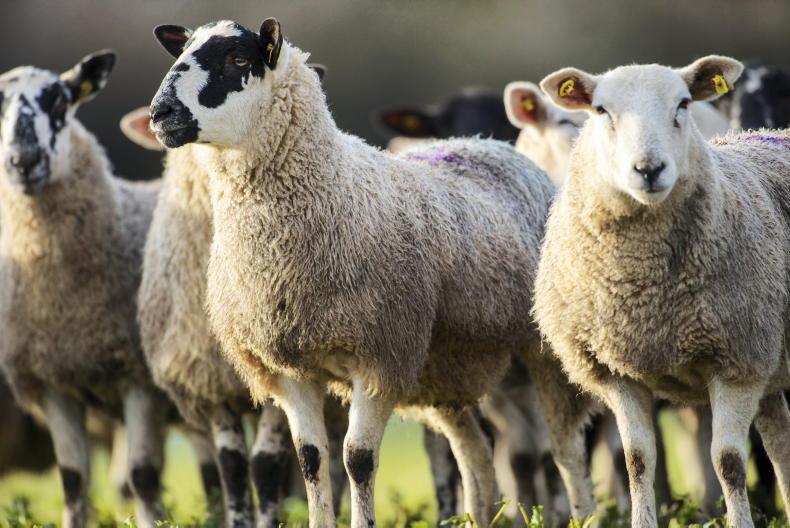This week saw the annual TB test carried out on the farm, with 181 cattle going up the crush on Wednesday to go on test.
This is always a worrying time on the farm, with the three days between testing and reading results being an anxious wait.
This year adds a little bit more pressure, as 20 of the heaviest bull weanlings have been picked out for sale if all goes well with the test.
A TB breakdown would mean there is no other choice than to feed on the bulls to finish.
Although the farm is accustomed to feeding under-16-month bulls, when the bull finishing budget was looked at last week, there is just too much risk involved for us to proceed to finish the bulls and, given where the weanling trade is at, selling weanlings is a better option for the farm this year.
Maiden heifers
There are also six maiden heifers still on farm that we hope to sell live in the coming weeks. So all fingers are crossed for clear results on Saturday.
Five of the cull cows that we are feeding have left the farm this week, with the view to moving some more next week.
Cows are being sold into a positive beef trade, with R grading cows trading at €5.10/kg.
Four of the cows killed this week graded an R+, with fat scores ranging from 3- to 4+, with one cow grading R= with a fat score of 3-.
The average liveweight at drafting was 760kg and they averaged a 53% kill-out, leaving a carcase weight of 403kg coming into €2,055/head.

Bull weanlings are currently being fed 4kg/day of ration on the farm. \ Philip Doyle
Carcase weights ranged from 362kg for a young once-calved heifer to 435kg for a 10-year-old Limousin cow. The fact that these cows killed out well with adequate flesh gives confidence to pick more cows next week.
There is a higher number of first-cross limousin cows left to slaughter, which will most likely be of lighter average carcase and poorer grade.
A detailed report of slaughter performance will be published when all cows have been sold.
Forty weanling heifers remain outdoors, with plans to house these on Saturday after the TB test is read and ahead of heavy rain forecast for the weekend.
The plan is to house these heifers now, get them used to eating silage, with hopes of returning the lighter half to four acres of forage rape for December and into January.
A wholecrop silage mix of barley, oats and peas that was made on the farm in late August will be targeted to the heavier heifers that remain indoors.
This should reduce or eliminate the need for meal, given the high feed value of the wholecrop silage. The wholecrop was tested and returned at 12% crude protein.
I was a little disappointed with the results and I contacted farmers who regularly grow and feed wholecrop and their view was that when tested, wholecrop analysis results tend to be inaccurate and that it will feed out much better than what it tests.
Heifers on wholecrop will be monitored closely and weighed regularly to ensure adequate thrive and concentrates can be added as needed.
Sheep breeding
Breeding should come to a close next week in the sheep flock, with high activity in the ewe lambs observed over the weekend.
A few isolated cases of scald have crept in over the course of the week, with these ewes being caught and treated in the field to avoid the stress of bringing ewes to the yard, avoiding excessive handling at this important time of year.
This week saw the annual TB test carried out on the farm, with 181 cattle going up the crush on Wednesday to go on test.
This is always a worrying time on the farm, with the three days between testing and reading results being an anxious wait.
This year adds a little bit more pressure, as 20 of the heaviest bull weanlings have been picked out for sale if all goes well with the test.
A TB breakdown would mean there is no other choice than to feed on the bulls to finish.
Although the farm is accustomed to feeding under-16-month bulls, when the bull finishing budget was looked at last week, there is just too much risk involved for us to proceed to finish the bulls and, given where the weanling trade is at, selling weanlings is a better option for the farm this year.
Maiden heifers
There are also six maiden heifers still on farm that we hope to sell live in the coming weeks. So all fingers are crossed for clear results on Saturday.
Five of the cull cows that we are feeding have left the farm this week, with the view to moving some more next week.
Cows are being sold into a positive beef trade, with R grading cows trading at €5.10/kg.
Four of the cows killed this week graded an R+, with fat scores ranging from 3- to 4+, with one cow grading R= with a fat score of 3-.
The average liveweight at drafting was 760kg and they averaged a 53% kill-out, leaving a carcase weight of 403kg coming into €2,055/head.

Bull weanlings are currently being fed 4kg/day of ration on the farm. \ Philip Doyle
Carcase weights ranged from 362kg for a young once-calved heifer to 435kg for a 10-year-old Limousin cow. The fact that these cows killed out well with adequate flesh gives confidence to pick more cows next week.
There is a higher number of first-cross limousin cows left to slaughter, which will most likely be of lighter average carcase and poorer grade.
A detailed report of slaughter performance will be published when all cows have been sold.
Forty weanling heifers remain outdoors, with plans to house these on Saturday after the TB test is read and ahead of heavy rain forecast for the weekend.
The plan is to house these heifers now, get them used to eating silage, with hopes of returning the lighter half to four acres of forage rape for December and into January.
A wholecrop silage mix of barley, oats and peas that was made on the farm in late August will be targeted to the heavier heifers that remain indoors.
This should reduce or eliminate the need for meal, given the high feed value of the wholecrop silage. The wholecrop was tested and returned at 12% crude protein.
I was a little disappointed with the results and I contacted farmers who regularly grow and feed wholecrop and their view was that when tested, wholecrop analysis results tend to be inaccurate and that it will feed out much better than what it tests.
Heifers on wholecrop will be monitored closely and weighed regularly to ensure adequate thrive and concentrates can be added as needed.
Sheep breeding
Breeding should come to a close next week in the sheep flock, with high activity in the ewe lambs observed over the weekend.
A few isolated cases of scald have crept in over the course of the week, with these ewes being caught and treated in the field to avoid the stress of bringing ewes to the yard, avoiding excessive handling at this important time of year.










SHARING OPTIONS